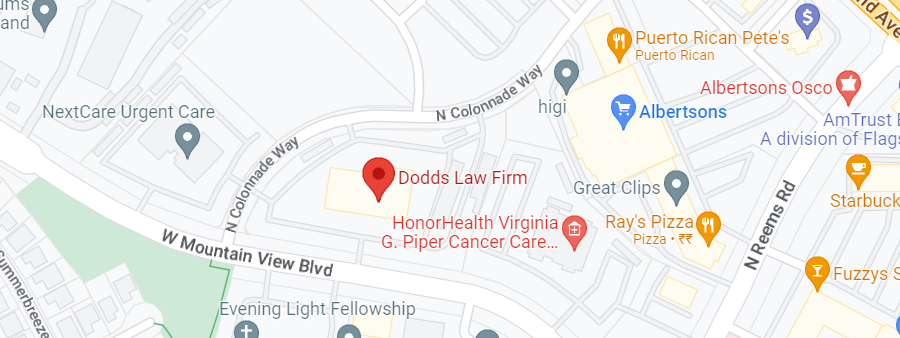The divorce process is full of many details, and creating a parenting agreement is likely the most important. When you’re satisfied with the agreement that’s in place, it helps you to be more confident of your ability to provide your child with the life they deserve.
The details you include in your parenting agreement may not be the same as those of another divorcing couple. However, there are some things that almost all co-parents include:
- Where the child will live. This is known as physical custody and it’s typically granted to one parent.
- A visitation schedule for the other parent. The non-custodial parent has a legal right to spend time with their child, and this time needs to be outlined in the visitation schedule.
- Legal custody. One parent may have legal custody, or it could be shared between both of them. When a parent has legal custody, they have the right to make important decisions regarding their child’s education, religion and other aspects of life.
- Holiday schedule. In addition to legal holidays, the parenting plan should detail the custody schedule for birthdays, vacations and other special events scheduled throughout the year.
Knowing that things can and will change as the years go by, many parents opt to include language on how to adjust the parenting agreement in the future. For instance, as a child gets older, a revised visitation schedule may be required.
If you’re heading into the divorce process, learn as much as you can about creating a viable parenting agreement. When you know what to expect, as well as what you want to include, it’s easier to negotiate and compromise in the hope of efficiently reaching a final agreement.

 CALL US NOW
CALL US NOW






